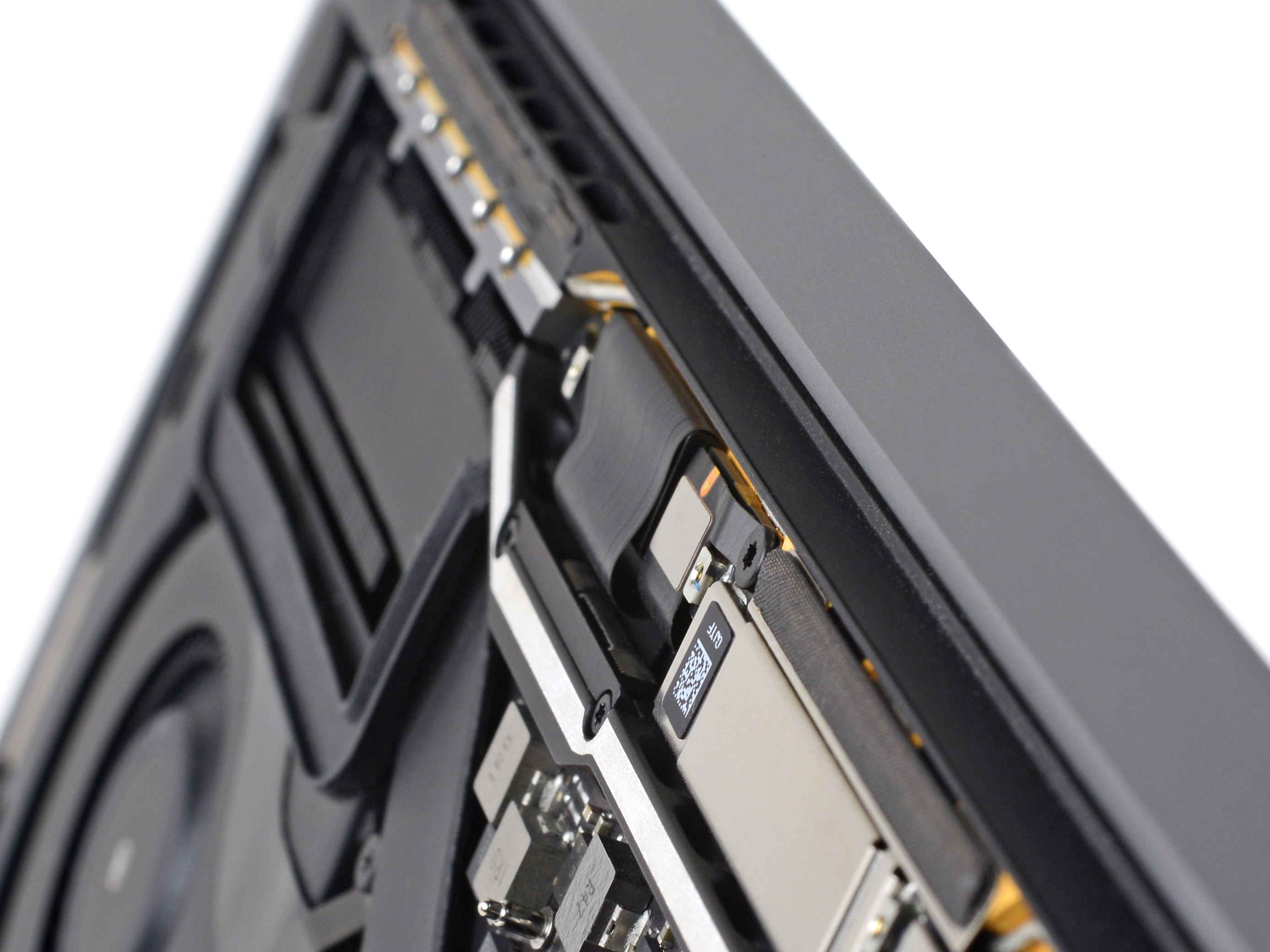The design flaw behind MacBook Pro’s “stage light” effect


The Touch Bar generation of MacBook Pro always had its quirks, but the thin-at-all-cost design may finally be proving more trouble than it was ever worth. The latest issue to crop up—dubbed “flexgate” by one of our users, Alex—reveals that the compact design for the display’s flex cables is prone to fatigue and failure, leading to a host of display problems that can’t be easily (or cheaply) fixed.
[...]
...for most of us, there’s a limit to how many unnecessary repairs we’ll put up with on an expensive “Pro” laptop. Problems like the keyboard (which has, thankfully, been at least slightly addressed by Apple), poor thermal performance, and questionable battery performance and lifespan point to a bigger picture: This MacBook Pro design is a bit too far on the form side of the line between form and function that Apple is known for walking so well.
[...]
The issue is fairly simple: the current generation of MacBook Pro laptops (2016–present) uses flexible ribbon cables to connect the display to a display controller board beneath the Touch Bar. These cables wrap over the board, where they’re secured by a pair of spring-loaded covers—and they’re subjected to the stress of bending with every opening and closure of the laptop. Within a seemingly short time, those cables are starting to fatigue and tear. The backlight cable is generally the first to go, producing the infamous “stage light” symptoms, and eventually giving out entirely when the laptop is opened more than about 40°.
[...]
Apple opted for thin, fragile flex cables as opposed to the beefier wire cables used in previous designs that could be routed through the hinge instead of wrapped around it, helping mitigate the stress of repeated openings and closings. But the bigger problem is that, in an apparent effort to make the display as thin as possible, Apple designed the cables as part of the display, so they cannot be replaced. This means that when (not if) those cables start to fail, the entire display unit needs to be replaced, as opposed to one or two little cables—effectively turning a $6 problem into a $600 disaster.
(iFixit)
via ehMac.ca http://bit.ly/2TesqH4
Aucun commentaire:
Enregistrer un commentaire